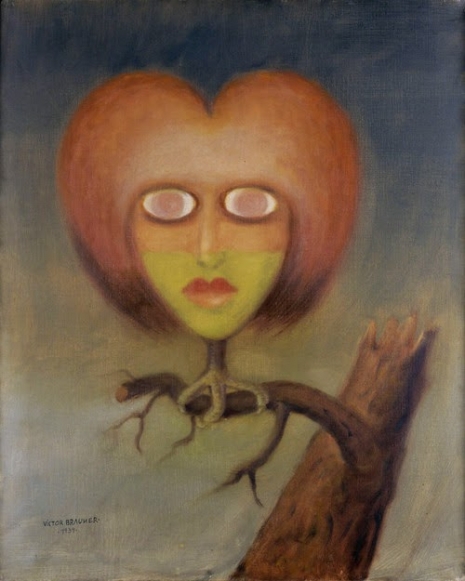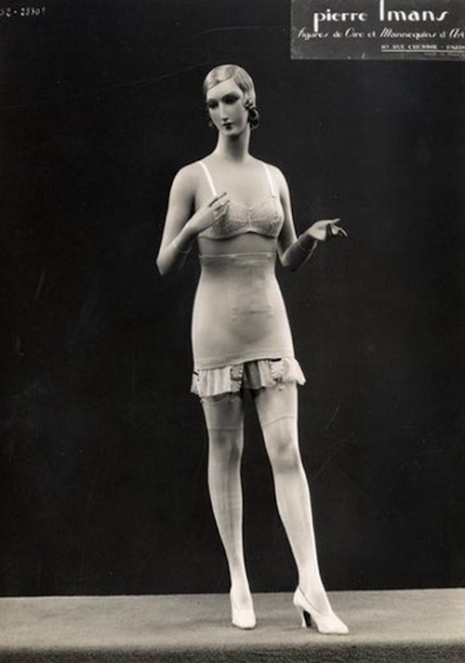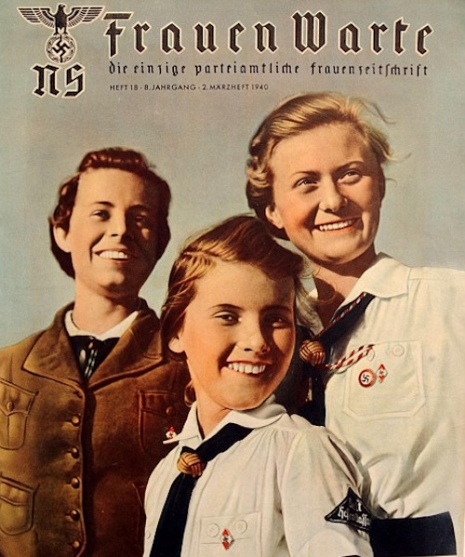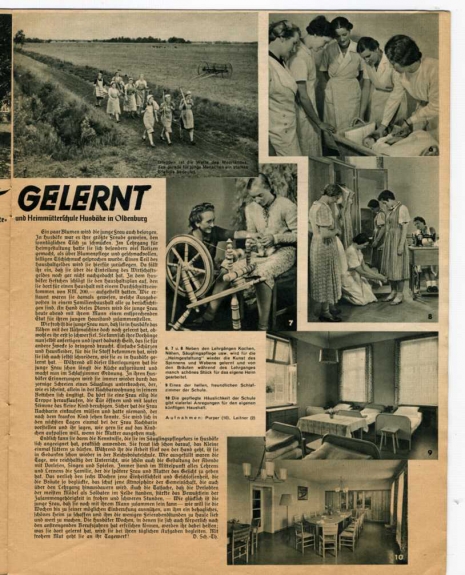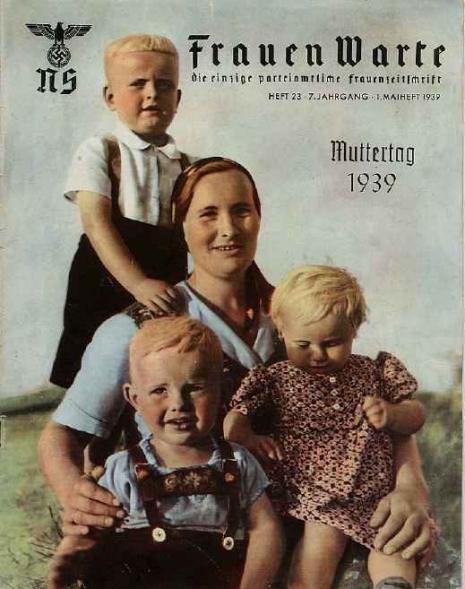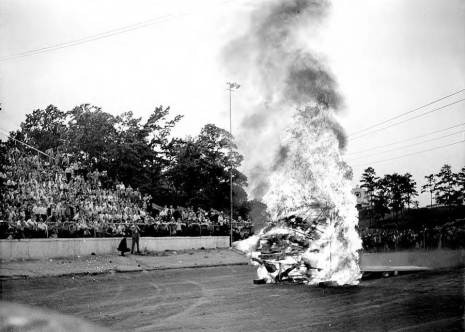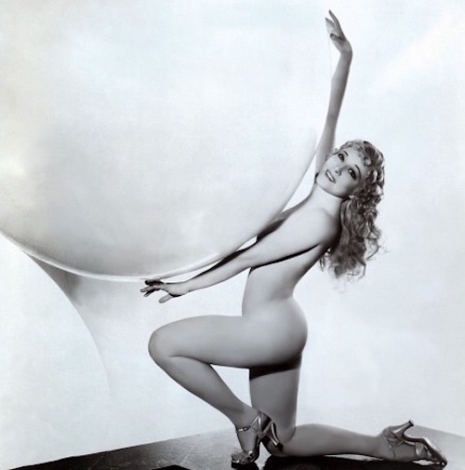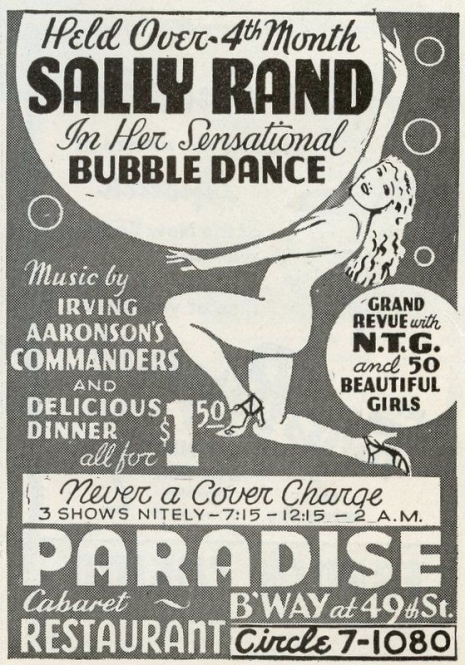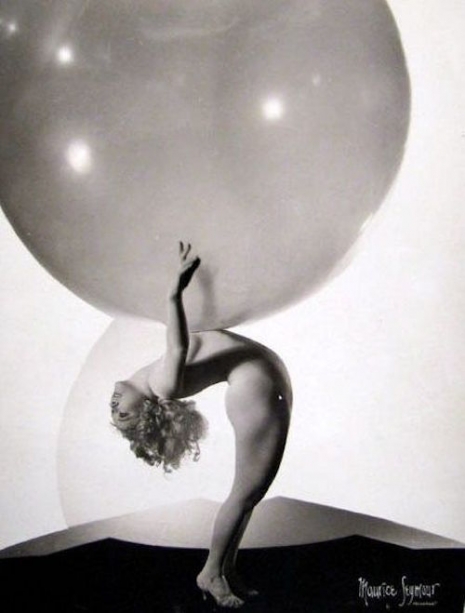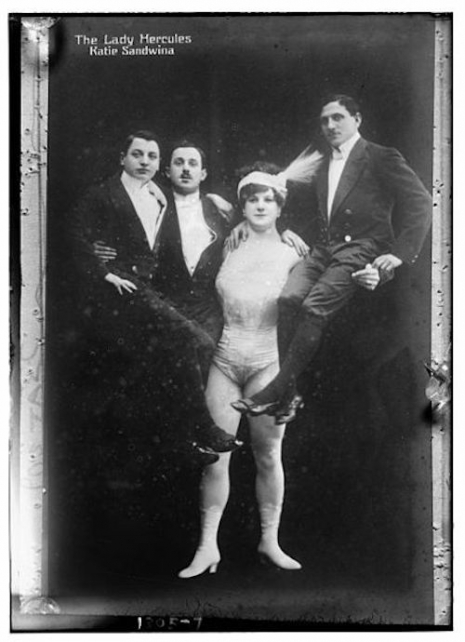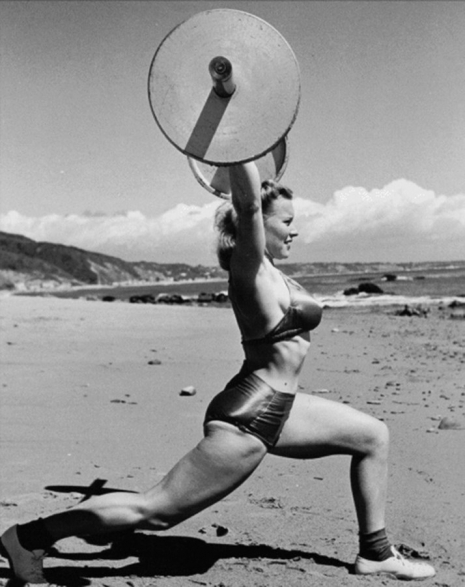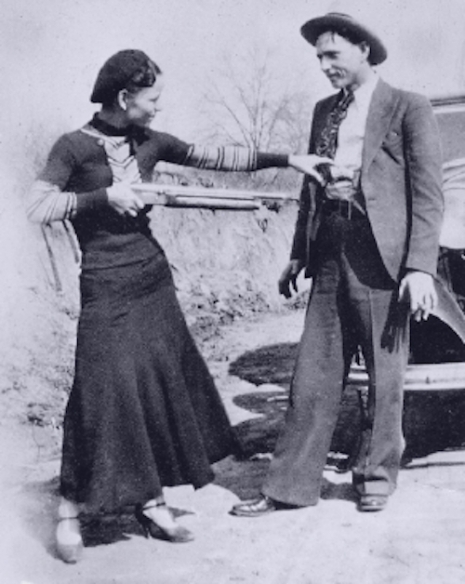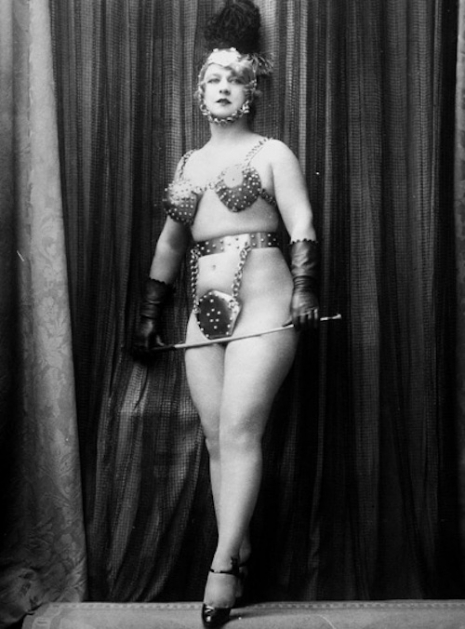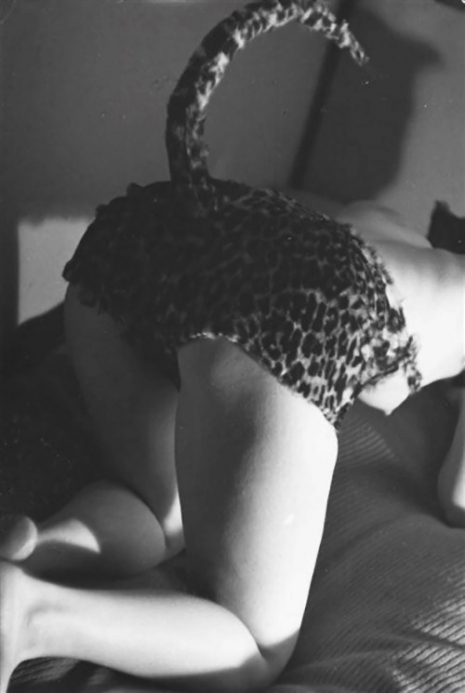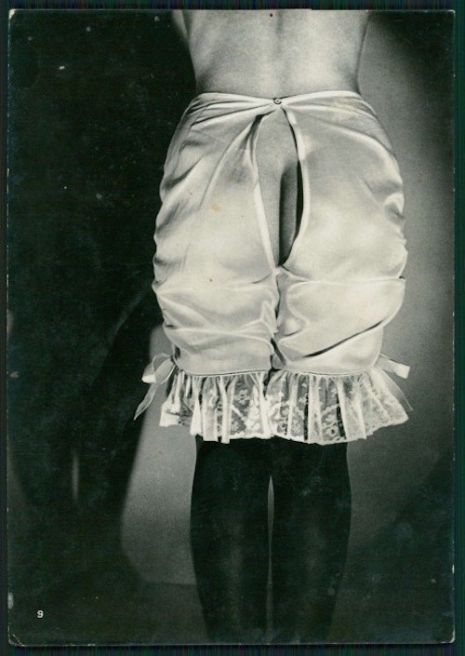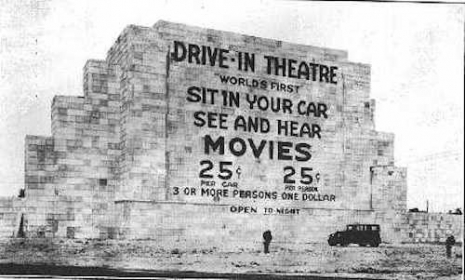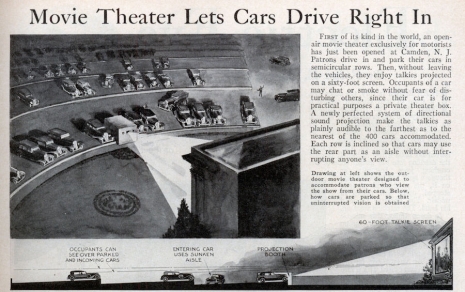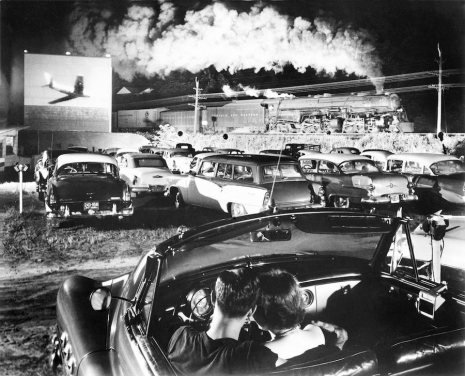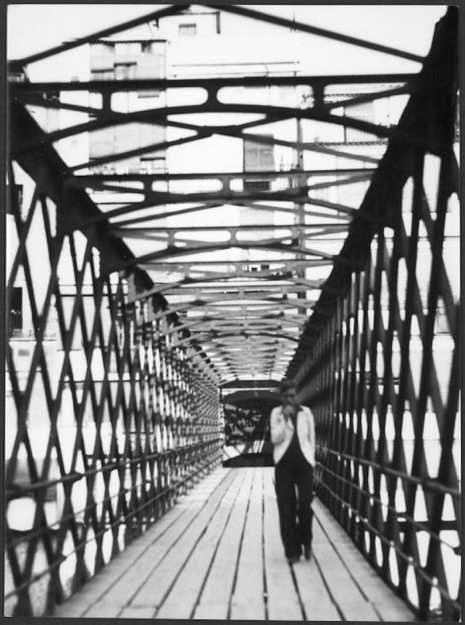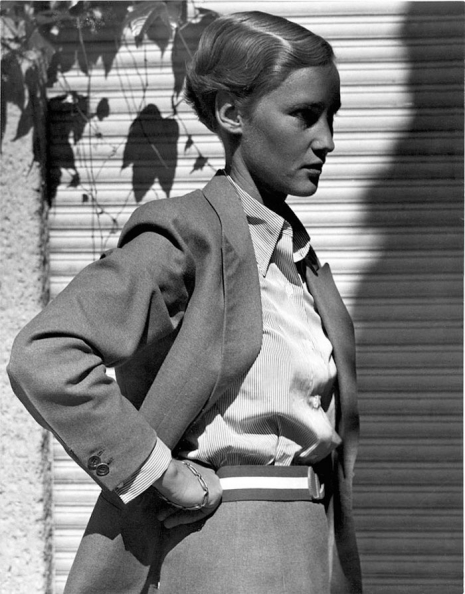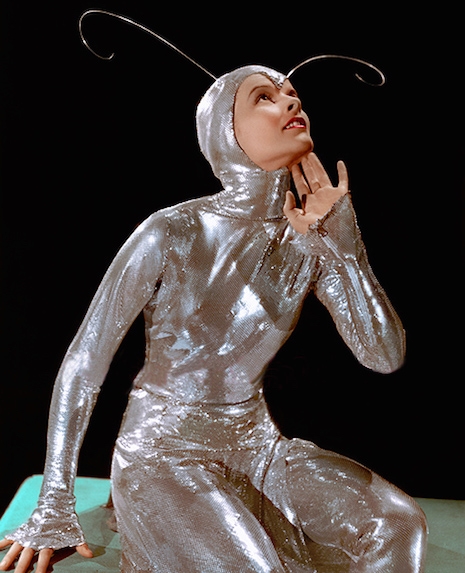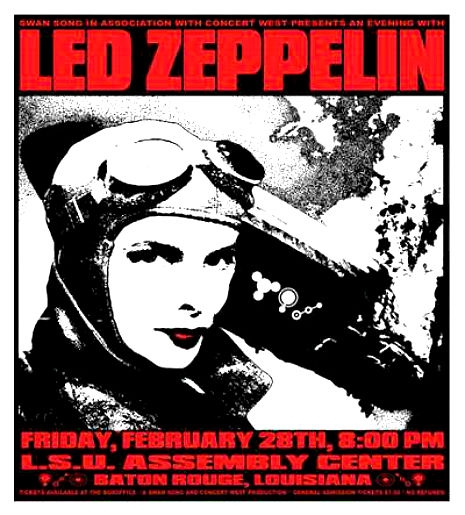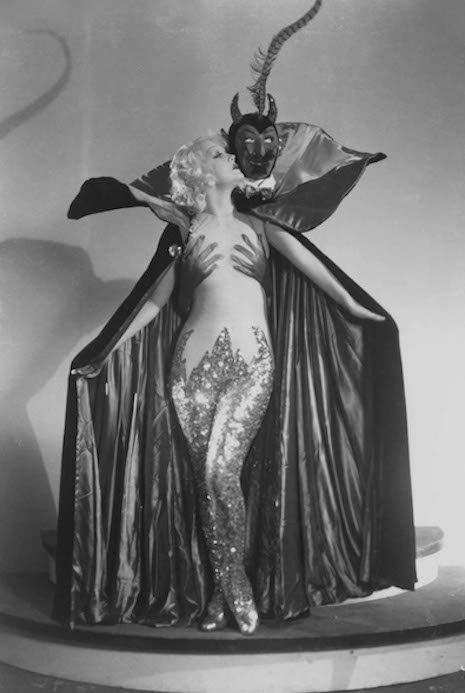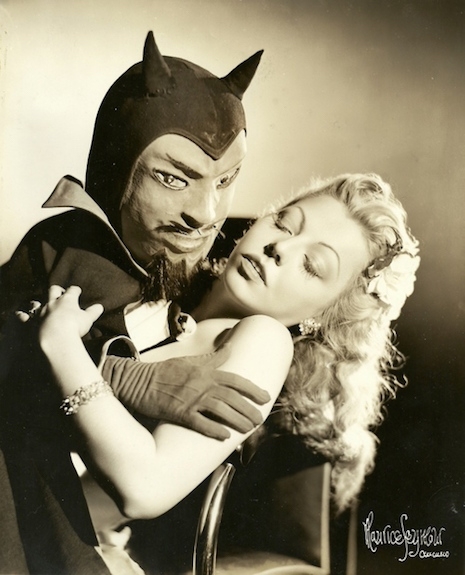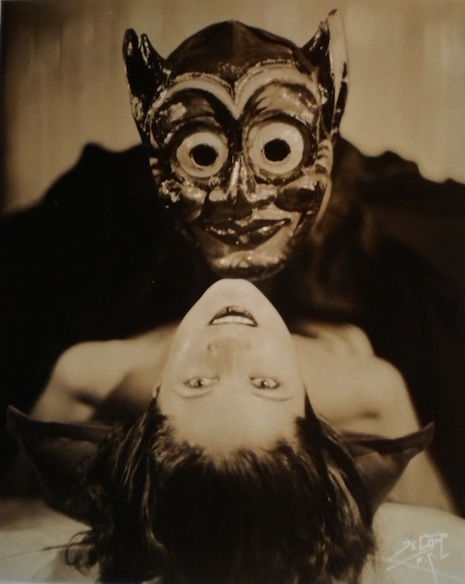
An illustration by Frank Netter done for the Ciba Company during the 1930s.
Dr. Frank Netter was a surgeon during the great depression, though as a child growing up in Manhattan, he aspired to be an artist. As it turns out, Netter became both a great artist as well as a doctor and selling his artwork to his professors helped pay for his college education at New York University and two different prestigious art schools. Netter would open a private practice in New York, but the devastating financial effects of the Great Depression didn’t bode well when it came to his patient’s ability to pay for his services. Netter continued to sell his illustrations and paintings until one of his customers paid him $7,500 for a series of five pictures to be used in an advertising campaign. Netter had originally priced the entire series at $1,500, but for whatever reason, his client didn’t blink at the high price tag which for the time, was considerable. Netter quit the medical game in 1934 and became a full-time artist specializing in medical illustrations at the age of 28.
Netter’s best clients were pharmaceutical companies which used his work prolifically during the 1930s. In 1937 the Ciba Company contracted Netter to illustrate a flier for one of their new drugs. Ciba (later known as Giba-Geigy) and Netter would work together for five decades during which Netter would produce approximately 4,000 illustrations for them. Many of Netter’s illustrations were used for the company’s ambitious group of books, the Collection of Medical Illustrations. His arresting color images were later used again for Ciba’s Clinical Symposia digests, which the company provided to doctors and were still in use during the early part of the 1990s. So yeah, you’ve probably seen some of Netter’s work yourself somewhere along the way waiting for your physician to arrive, late as always. I can tell you this, Netter’s work is hard to ignore. His use of color is in line with schemes used in classic pulp novel illustration, and he used real patients for his subjects when depicting various medical issues, such as a man suffering the after-effects of a brain injury (pictured at the top of this post), or what goes on inside the human body during a fit of unbridled rage.
Netter’s paintings and illustrations are as remarkable as they are often strange and off-putting at times. Nonetheless, if you are a fan of things remarkable, oddball, and off-putting, (like myself) then you will love the NSFW images by the dear Dr. Netter I’ve posted below.
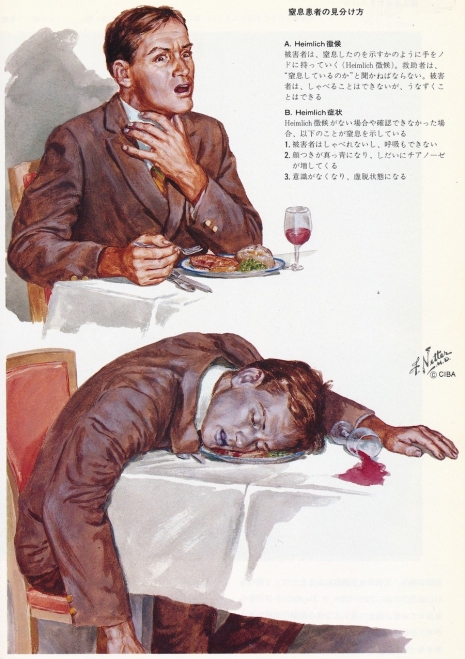
Netter’s illustrations were used by medical professionals all over the world.


More after the jump…






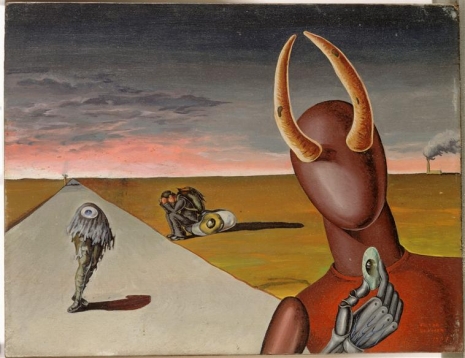
_465_709_int.jpg)

